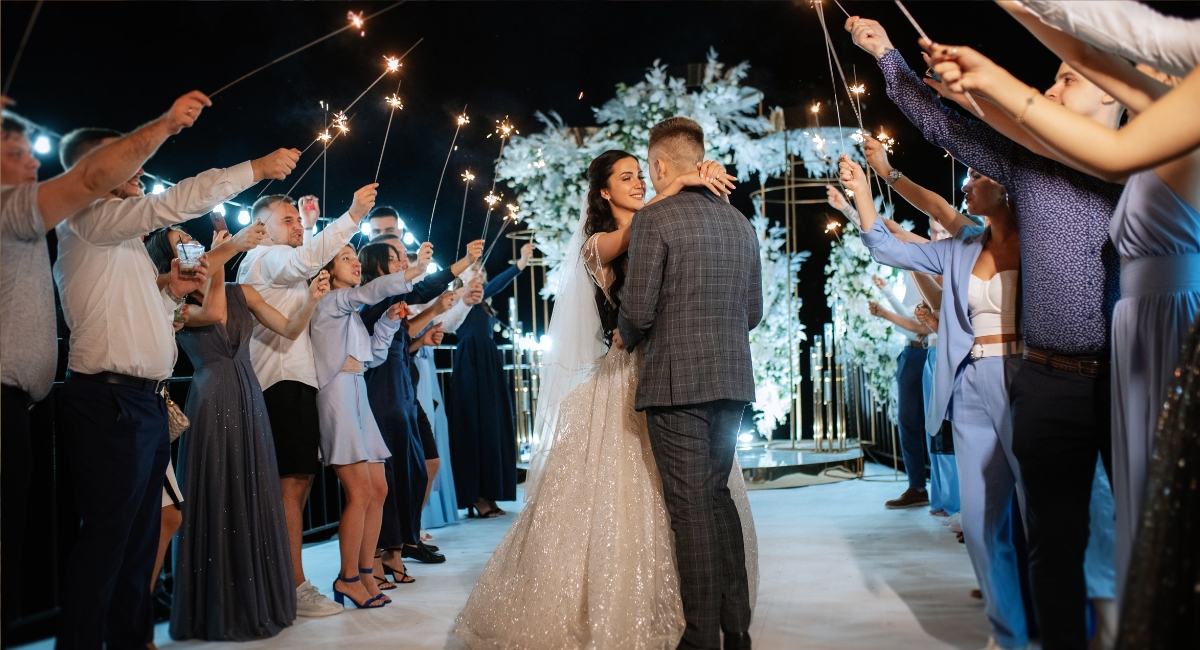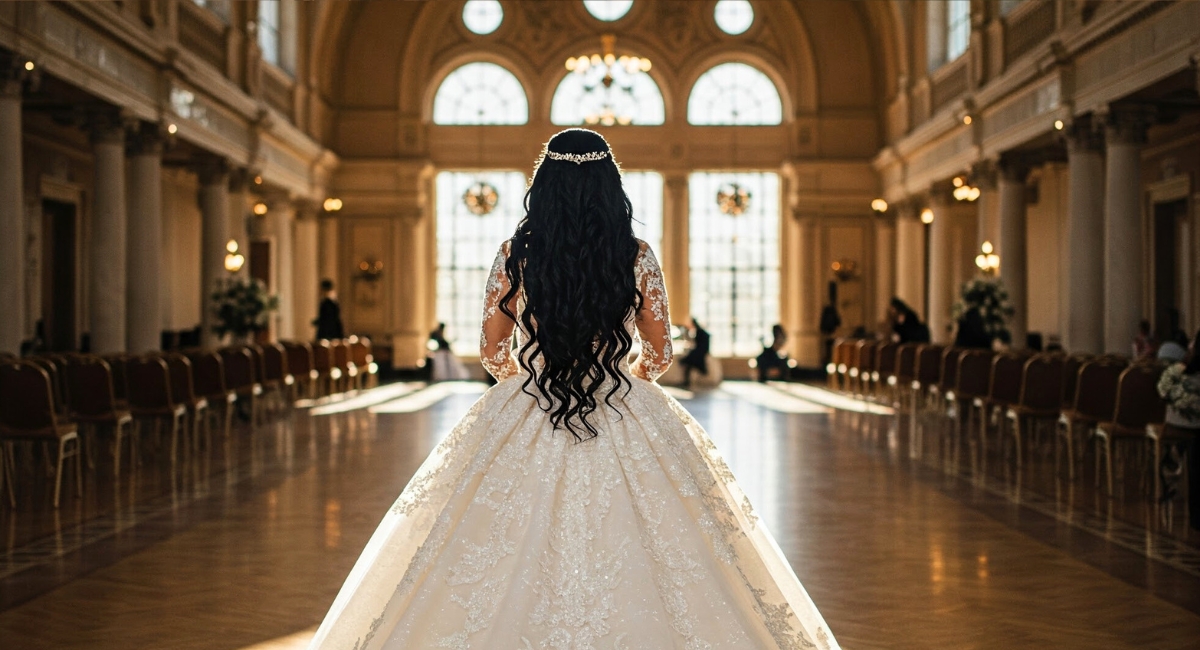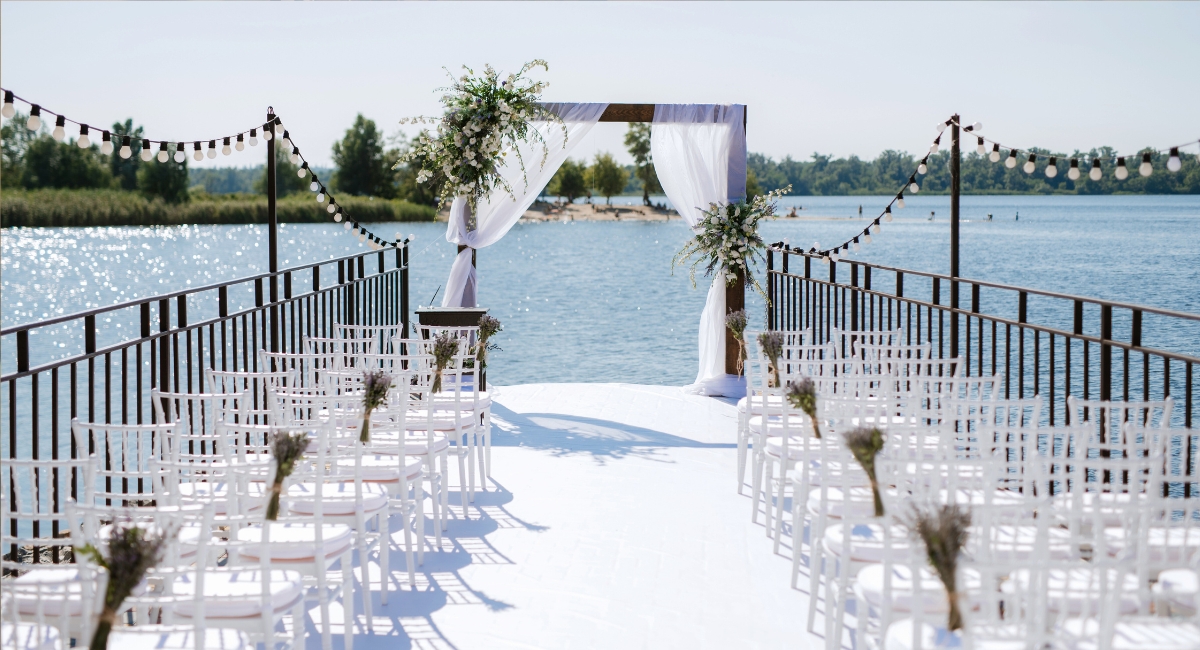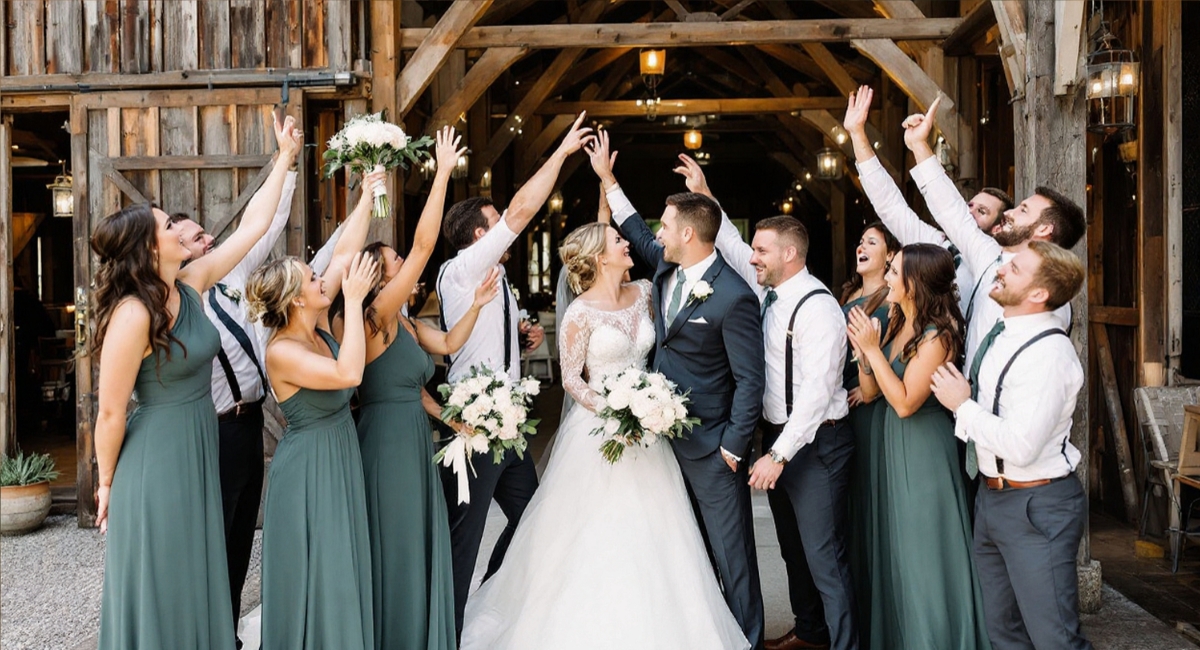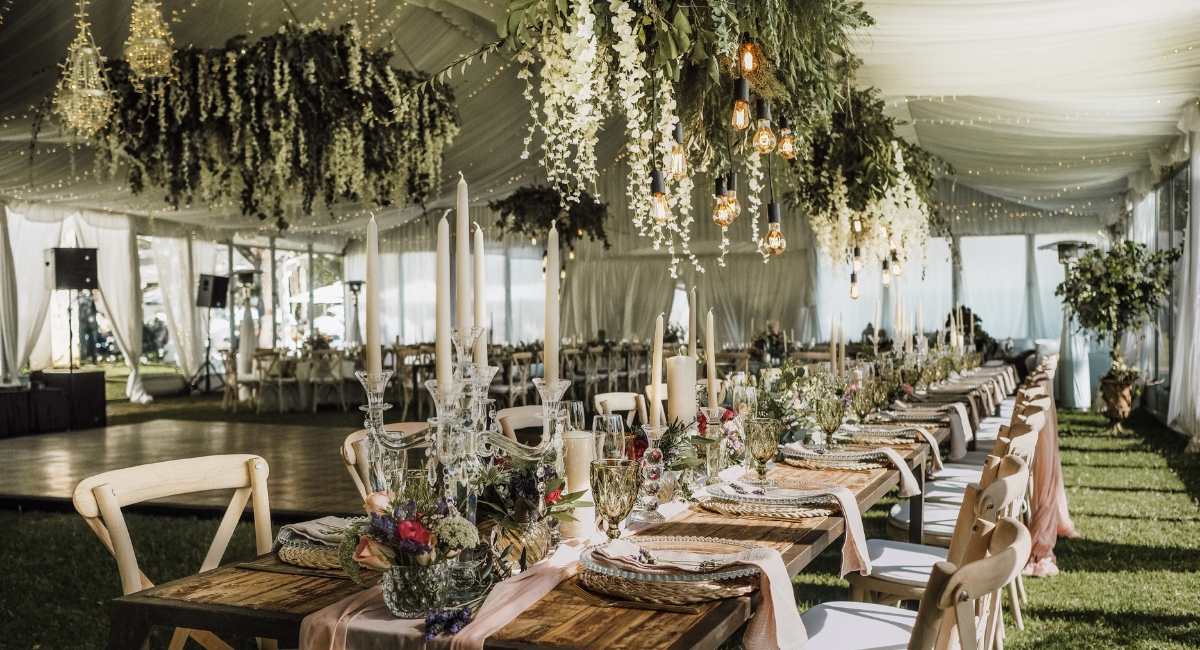Addressing wedding invitations correctly may seem like a small detail, but it’s an important way to show respect and regard for your guests. It demonstrates your commitment to etiquette and sets the tone for your wedding by showcasing your attention to detail. A meticulously addressed invitation gives your guests an initial glimpse of the ceremonial dignity and class they can expect at your wedding. Let’s discuss how to address wedding invitations to make this first impression memorable.
Understanding the Basics of Wedding Invitation Etiquette
Before embarking on addressing your wedding invitation envelopes, grasp the basic rules to uphold etiquette. Titles are crucial – it’s ‘Mr.,’ ‘Mrs.,’ or ‘Ms.’ preceding full names. For a single guest, address them individually. For married couples, you use both of their names. If a family is invited, the parents’ names should precede ‘and Family.’ For cohabitating but unmarried couples, write their names alphabetically on separate lines. These may seem traditional, but they can significantly enhance the invitation’s personalized feel, reflecting the mindfulness you have put into your guest’s invites.
Formal vs. Informal Addressing Styles
Formal addressing uses honorifics and full names and often includes both individuals in a couple (e.g., “Mr. and Mrs. John Doe”). It’s used primarily for traditional, larger weddings or when inviting elders or professional acquaintances. On the other hand, informal addressing uses first names and typically addresses couples collectively (e.g., “John and Jane”). This casual approach is suitable for intimate weddings, close friends, or younger guests. Either way, ensure your invitation envelopes reflect the tone of your wedding and exhibit respect to all invitees.
Addressing Invitations to Couples
For married couples with the same last name, use “Mr. and Mrs.” followed by the husband’s full name. For those with different last names or hyphenated names, it’s proper to use both full names, e.g., “Mr. John Doe and Mrs. Jane Smith.” With same-sex couples, use full names in alphabetical order with their respective honorifics. Including both names on your invitation envelopes is a respectful gesture acknowledging the individual identity of each guest, regardless of their marital status. Always bear in mind the preferences of your guests while addressing wedding invitations.
Inviting Families and Children
When inviting entire families, address the envelope to “The [Last Name] Family.” For specific children, list them by first name under their parents on the inner envelope, i.e., “Mr. and Mrs. Smith, Jessica, and Tom.” If you wish to limit the invitation to adults only, simply address the invitation to the adults without mentioning the children. Alternatively, politely indicate this by stating “adults-only reception” on a separate card within your invite or on your wedding website. These guidelines will ensure clarity while keeping your invitation envelopes courteous and refined.
Handling Titles and Professional Designations
Use their highest rank or designation when addressing guests with professional or military titles. For example, “Dr. John Doe” or “Captain Jane Smith.” If both individuals in a couple hold rankings, mention each person separately with their respective titles, e.g., “Dr. John and Captain Jane Smith.” Never abbreviate these titles on your invitation envelopes. Paying attention to guests’ titles highlights accuracy and shows respect for their achievements or positions. It’s a small detail that is greatly appreciated, demonstrating the thoughtfulness that goes into your wedding planning.
Special Considerations: Divorced and Remarried Guests
When addressing divorced individuals, use their preferred name. If they’ve kept their married name, the title “Ms.” is appropriate, e.g., “Ms. Jane Doe.” For remarried women, use the new husband’s name: “Mr. John and Mrs. Jane Smith.” To address stepchildren and half-siblings, list them by first name under their custodial parent on the inner envelope. Always navigate these situations with sensitivity, respecting each individual’s chosen name and familial status. It is advisable to consult your guests if you’re unsure, as it reiterates your consideration towards maintaining harmonious family dynamics during this joyous occasion.
Customizing Envelopes and RSVP Cards
The aesthetics of your invitation envelopes and RSVP cards should align with your wedding theme. Consider choosing colors, prints, and fonts that reflect the tone of your event. Whether fun and casual or elegant and formal, your stationery should hint at what guests can expect. Ease your guests’ response process for RSVPs by including pre-addressed and stamped return envelopes. This simplifies things for the invitees and increases the likelihood of them returning the RSVP on time. Remember, some customization can go a long way in making a lasting impression.
Parting Thoughts
Addressing wedding invitations correctly is not merely a tradition but a sign of respect and eagerness for your guests’ attendance. It reflects your thoughtfulness and care for organizing your special day. Remember to match the style (formal or casual) of your event, correctly address each guest type (couples, families, professionals), consider special circumstances (divorce, remarriage), and ensure your envelopes and RSVP cards match your wedding theme. Additionally, including pre-addressed, stamped return envelopes for RSVPs simplifies the process for your guests.
Choosing a venue like Lumen Hall further underscores this attention to detail and care in planning. Known for its elegant setting and exceptional service, Lumen Hall complements your thoughtfulness in your invitation process, ensuring that every aspect of your wedding, from the initial invite to the final thank you, resonates with your personal touch and meticulous planning. While it might seem a minor detail, careful addressing of your invitations sows the first seed of your wedding’s atmosphere and sets the stage for a memorable event, especially at a venue as considerate and accommodating as Lumen Hall.


